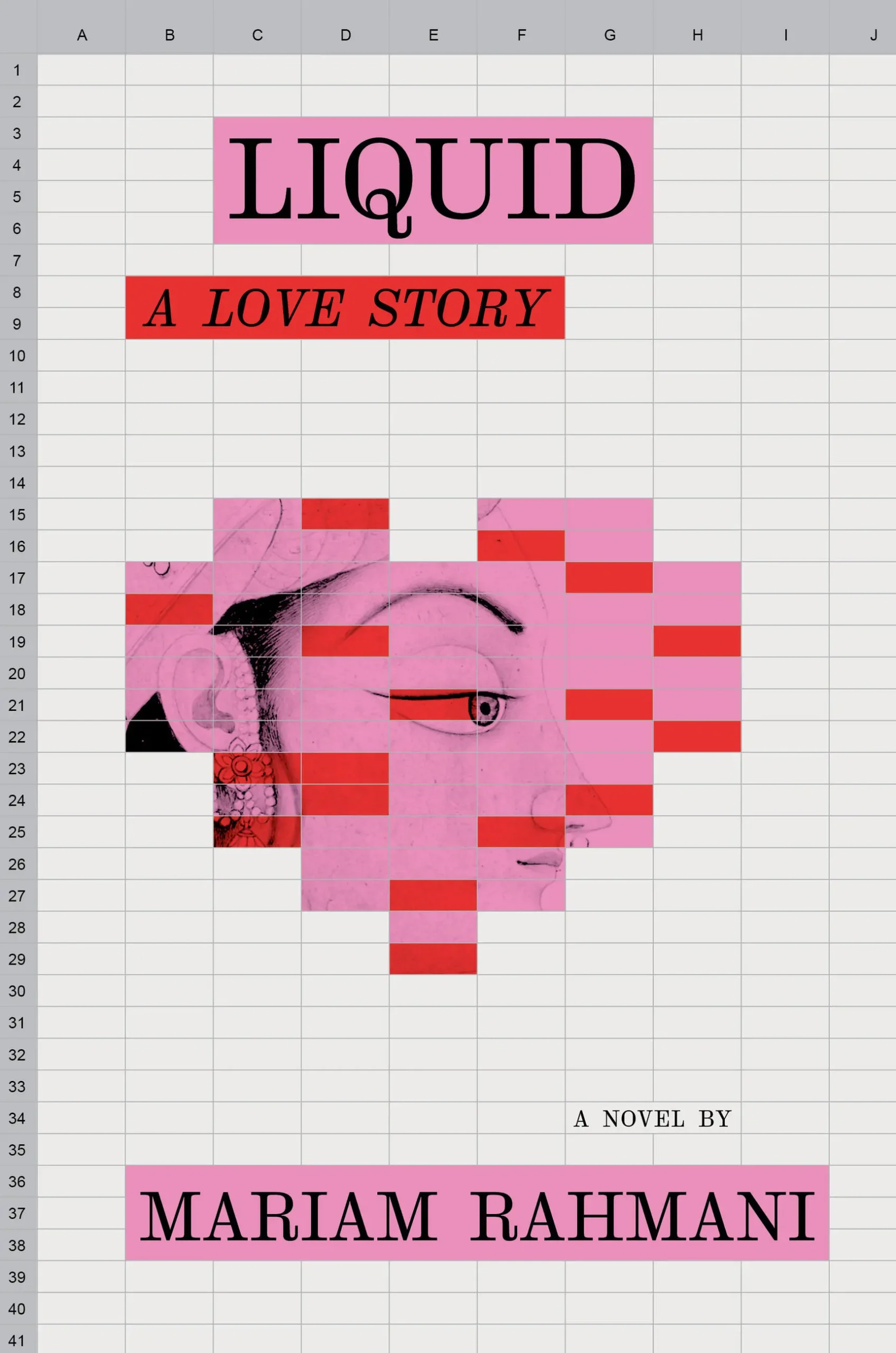With GLENN DIAZ

Plaza Lacson in Sta Cruz, Manila. Photo by Glenn Diaz
Name: Glenn Diaz
Current city or town: Manila, The Philippines
How long have you lived here: 30 years
Three words to describe the climate: Hot, humid, often-dystopic
Best time of year to visit? Probably beginning October, when the amihan (trade winds) arrives, to March just before the onset of summer.
1. The most striking physical features of this city/town are . . .
Stark inequality, for one. Upscale townships sharing a firewall with so-called informal settlements, a homeless man in a Starbucks parking lot, hulking SUVs (with one very relaxed passenger) next to jam-packed jeepneys. The death of public spaces like parks and libraries. If the city represents power relations in the city, this attests to the kind of uneven development that Manila has long charted. Also striking is all the concrete, be it the latest extension of the skyway or the newest condominiums for the wealthy. With little government foresight in terms of infrastructure planning or heritage conservation or decentralization, one of the densest metropolises on earth can only take so much.
2. Historical context in broad strokes and the moments in which you feel this history . . .
Manila’s colonial history and, later, its happy acquiescence to globalization, are hard to escape when you’re there, and in many ways it is what makes it chaotic both as a place and an archive of history. When you go to Chinatown in Binondo, for instance, some of the colonial-era houses and temples still stand, the commerce on the streets brings a faint memory of the time when nearby Escolta was the center of economic activity before the era of business districts, but, at the same time, these huge Blade Runner condos are also mushrooming everywhere, and it’s all very confusing.
3. Common jobs and industries and the effect on the town/city’s personality . . .
Because of deliberate government neglect of agriculture and manufacturing, many Manileños (and Filipinos) are either in the service sector or industries fueled by foreign capital like call centers (a huge chunk work overseas and their remittances also help keep the economy afloat). As a result, the landscape of the city, and perhaps the mentality of residents, seems to be built around consumption twenty-four hours a day, seven days a week: huge malls and districts that attempt to encroach on every aspect of one’s life and mind-numbing traffic even in the small hours.
4. The stereotype of the people who live here and what this stereotype misses . . .
“Imperial Manila” is something of a shorthand thrown around by Filipinos who are not from Manila to indicate how Manileños are, among other things, self-absorbed, self-entitled brats oblivious to anything outside the capital. The view is reasonable. It is insane how lopsided things are between Manila and the rest of the country, especially in terms of opportunities. But it’s also confusing because a huge majority of people living in Manila come from all over the country, thereby distributing its suffering to many.
Abroad, I’ve encountered people whose idea of Manila is a violent, lawless place where people openly carry guns and eat dogs and sing videoke all day long. Only one of the three is true (although the Duterte regime, like good authoritarian regimes do, has mastered the art of making lawlessness seem perfectly legal and above-board).
5. Local/regional vocabulary or food?
Sisig and San Miguel Beer.
6. Local political debates frequently seem to center on . . .
The big debate right now is about vandalism and graffiti (overshadowing the long-running one on public transportation and traffic). The new mayor of Manila, like our dear president, has presented himself as a hands-on, no-nonsense, reform-minded leader capitalizing on nostalgia for Manila’s beautiful, storied past and simplistic notions of discipline and order. He has taken to scrubbing graffiti himself (in front of TV cameras) while reliably ignoring the messages in the graffiti, things like calls to assert our sovereignty, fight for higher wages, and join the revolution outside the imperial centers like Manila.
Glenn Diaz’s first novel The Quiet Ones (2017), on the call center industry in Manila, won the Philippine National Book Award. His website is glenndiaz.ph.com.
Photo by Glenn Diaz.




